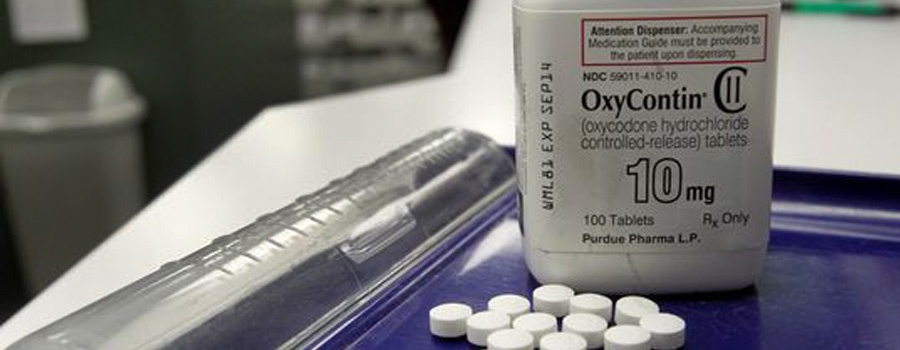Tag: BCBS
-

BCBS 2019 Circle of Care Summit for Primary Care Select Physicians, March 1-2
Primary Care Select Physicians may now register for the Circle of Care Summit, March 1-2, 2019, at The Westin Birmingham. Reserve your spot online today! This year’s event is being hosted by Blue Cross and Blue Shield of Alabama and co-hosted by the Medical Association of the State of Alabama, Alabama Chapter – American Academy of…
-

BCBS Alabama to No Longer Cover OxyContin Beginning in 2019
BIRMINGHAM, AL – Effective Jan. 1, 2019, Blue Cross Blue Shield of Alabama will no longer cover OxyContin for members with the exception of Blue Advantage members. This is in response to concerns for members’ care and safety. Since 2015, opioid prescriptions in the U.S. and in Alabama have declined. Over the last two years,…
-

PIPA Open Enrollment During October
The Physicians Insurance Plan of Alabama through Blue Cross Blue Shield is available for qualified* members of the Medical Association providing you, your family and staff with strong benefits at affordable premiums as compared to other options. The PIPA health coverage rates for 2019 will have a decrease of 4.5 percent and dental coverage has…
-

Liquid Gold or Reimbursement Trap? Payor Reimbursement Policies for Urine Drug Testing
Last summer, we wrote about physician roles and responsibilities to implement best practices in pain management programs and other treatments involving the prescription of opioids.1 Here we discuss issues related to getting paid to implement one of these best practices — appropriate urine drug testing. The urine drug testing field has been described as a…
-

CVS Out of BCBS Alabama Network but Does Not Affect PIPA Policies
While some Blue Cross and Blue Shield customers in Alabama will no longer be able to use CVS for their prescription drugs, the Medical Association members who have PIPA policies will not be affected. CVS is no longer in the Blue Cross and Blue Shield Alabama preferred network for certain plans, and according to the…
-

Open Enrollment for PIPA is Oct. 1-31
The Physicians Insurance Plan of Alabama through Blue Cross Blue Shield is available for qualified members of the Medical Association providing you, your family and staff with strong benefits at affordable premiums as compared to other options. Let our dedicated staff provide you with one-on-one personal assistance with all your Blue Cross and Blue Shield of Alabama…